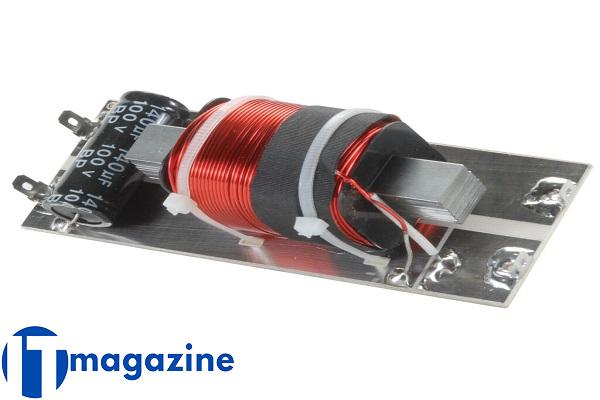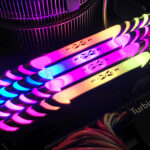An inductor is connected in series between the input and output, with two capacitors, one across the input and the other across the output, to produce a low-pass filter for power supply filtering. Low-pass filters are used in power supply to smooth the output of rectifiers by functioning as a low pass filter. They help reducing power supply ripple within a power supply filtering. Only the low-pass filter configuration will be discussed in this article.
You can read the other articles on the itmagazine to learn about the latest news and also to view other related articles.
Basic Concepts
The three components of a low-pass filter work together for power supply filtering and to inhibit alternating current flow while allowing direct current to flow. They help reducing power supply ripple within a power supply filtering. The first and most important stage of filtering out the AC component is performed by the input capacitor. The next filtering stage is performed by the inductor, which essentially removes any ripple. Finally, any AC component that has passed through the inductor is filtered by the output capacitor.
Characteristics
A low-pass filter produces a high output voltage with little current drain and a very little voltage drop at the output for power supply filtering. They help reducing power supply ripple within a power supply filtering. It also has a significant advantage over other filter types in terms of ripple reduction. When a load is placed to the output, any current flowing through the filter causes a voltage drop, hence the Pi filter cannot provide voltage regulation. In applications with a high output voltage, this current will also flow through the inductor, necessitating the use of an inductor with a high power rating. This limitation must be balanced against the high input capacitance and voltage rating requirements.
Regulation of Voltage
For a low-pass filter to work, it needs a constant output voltage. Poor voltage regulation is caused by a constantly changing output load or a high current drift. Typically, their AC-powered power sources are used after the bridge rectifier circuit and before the switch-mode control circuit. They reduce ripple on the rectified power line at the converter stage of the power supply filtering.
Read more: Why 1weather is one of the best apps?

Read more: AORUS Gen4 7000s SSD review
Isolation of the supply
The same ripple filtering function can be achieved by replacing the inductor in a low-pass filter with a transformer, which also provides isolation between the rectifier output and the switch-mode power converter. The transformer will also provide two-way common-mode noise filtering as an extra bonus. It decreases noise on the AC input that will occur at the rectifier output in one direction. It prevents high-frequency noise created by the switch-mode power converter circuit from being carried back through the power supply and into the mains line in the opposite way. The Pi filter is also known as a Power Line filter in this form.
Matching Impedance
Low-pass filters have more impedance matching flexibility than standard L-C filters, which is one of their advantages. Where the filter delivers the required impedance for a particular frequency, a basic L-C filter will only have single component values. The Pi filter, on the other hand, will have many component values that all provide the impedance required for the particular frequency. The various alternatives will each have a distinct Q-factor, allowing the designer to select the resonance behavior that best suits the circuit in question while balancing efficiency.
Design Restrictions
The normal size and weight of the components in a basic low-pass filter will necessitate a large amount of board space. They’ll also need to be mounted carefully to avoid external vibrations causing physical displacement of the components, which could lead to breaking in their leads and solder joints where they link to the PCB.
In conclusion, low-pass filters are effective at reducing power supply ripple within a power supply filtering as long as physical size and weight limits, as well as thermal management concerns, do not prevent their use. They are inappropriate for use as an output filter due to their voltage regulation constraints, but they are useful as an intermediate filter stage within the power supply circuit. They help reducing power supply ripple within a power supply filtering. As an extra bonus, a transformer-based Pi filter incorporates power isolation into the design for safety-related applications.











Comment here